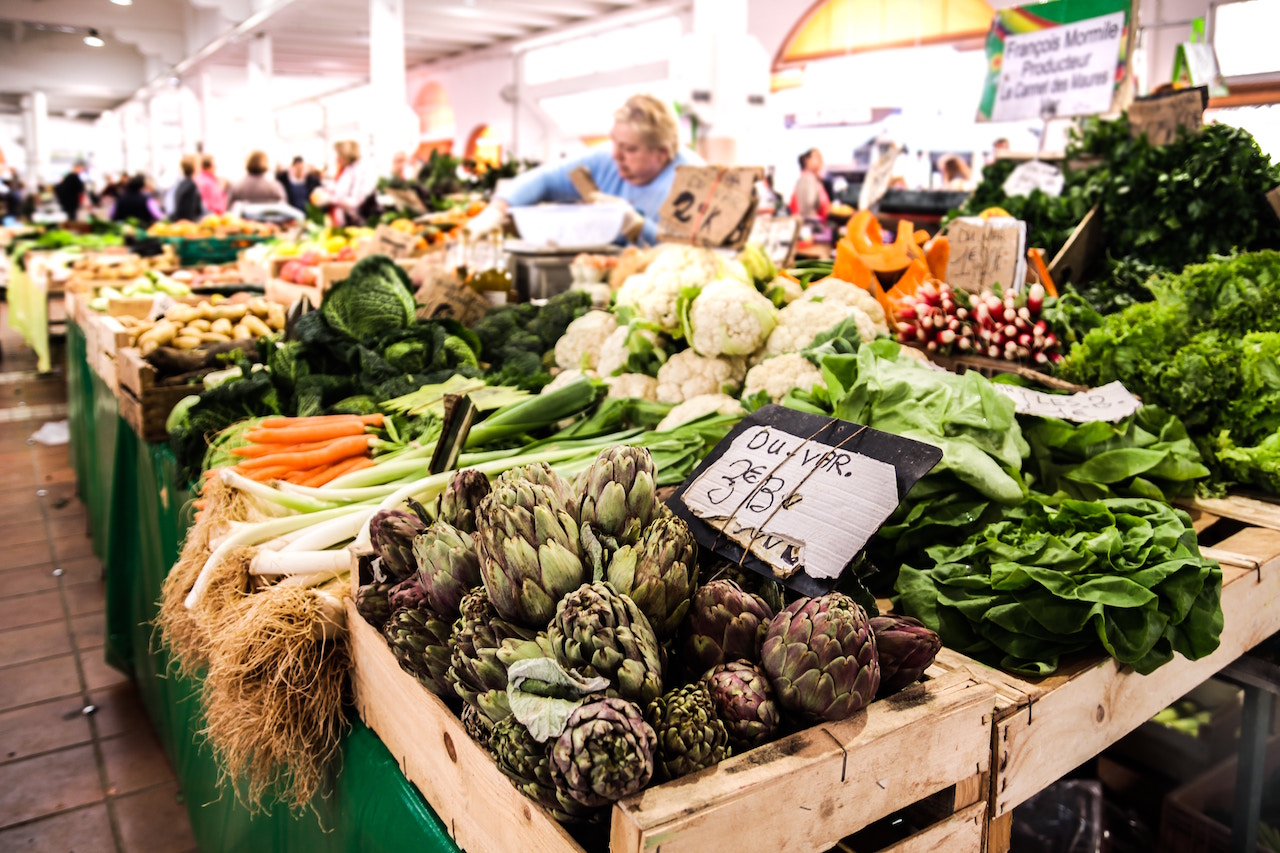In case you missed it, the country’s inflation rate is now at 6.4 percent year-on-year, the fastest rate of increase since the 6.6 percent posted in March 2009. This poses a risk to the country’s economic growth as prices of basic goods and services like rice and vegetables will continue to increase.
Prices of food and non-alcoholic beverages rose 8.5 percent year-on-year last month while “sin” commodities like alcoholic beverages and tobacco went up by 21.6 percent.
In addition, the TRAIN Law or Republic Act No. 10963 was signed by the president, which further imposed new excise taxes on cigarettes, sugary drinks, and oil products and vehicles to compensate for the restructured personal income tax regime that raised the tax exemption cap.
So with the dramatic increases, how are restaurants and chefs coping? Can we expect menu prices to rise anytime soon? We’ve rounded up statements from local chefs to get their insights.
Decker Gokioco, chef consultant
“For me, just maintain the quality and standard you started with because it will hurt you more when customers feel na ‘tini-tipid mo sila’. People would always pay for quality and delicious meals.
Miko Aspiras, Le Petit Souffle and Workshop
“I look for ways on how to maximize each ingredient and I also look for local alternatives.”
Josh Boutwood, The Test Kitchen, Savage and Helm
“It’s inevitable that cost will rise yet with the sudden increase we have to absorb it to ensure our customers get what they are used to. If the price increase continues then steps to raise selling price to compensate the higher food costs are inevitable.”
Tina Legarda, Bamba Bistro
“To me, quality really comes from being consistent about your cooking. It’s also about being creative with what you have. So when I usually make a new menu, I try to foresee these common restaurant issues (weather changes, price increase etc.) and be ready with a Plan B. Use ingredients that can be sourced in other places other than your current supplier and test them all. Price your menu items also with this kind of mindset. For those more inventive dishes that you want to splurge a bit and are afraid for the quality to be compromised with these problems, put them in the ‘special’ menu.”
Other ways to maintain food costs could be mixing a balance of low-cost and premium items on your menu. Food costs in the restaurant should be around 30 to 35 percent.
Keep track of your inventory as well. Employee theft is unfortunately a big factor in losing business.
Streamline your portion sizes so everyone gets served equally. These are controlled by using correctly-sized serving utensils, efficient food scales, and storage sizes. This is also related to minimizing waste in your kitchen. You’re probably overfilling plates if you see a lot of leftovers and you find that you run out of takeout containers quickly.





